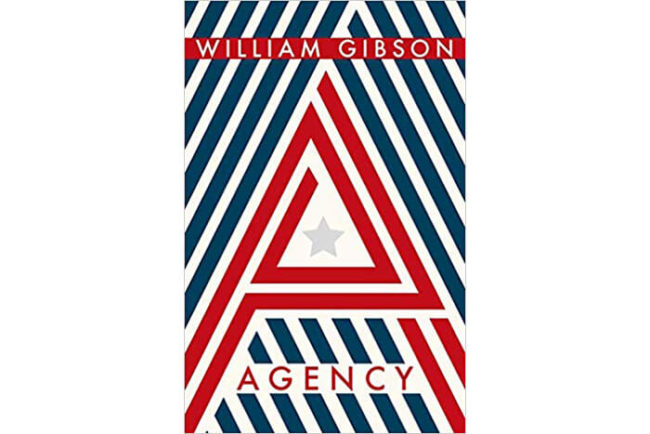

There are telepresence workarounds, though, so contact isn’t just a series of conversations.

Gibson’s alternate timelines are “stubs,” branches of history brought into being – or perhaps just made accessible – via a mysterious computer network that can establish communication (but not physical) links across probabilities. From this writer one can also expect extra dollops of ingenuity, plus imports from other SF motif families and a strong presence of familiar Gibsonian traits: smooth prose, sly pop-culture references, and acute observations of behavior and social interaction. The recipe has tended to generate ingenious mixtures of adventure and historical speculation, and Gibson’s take on it is no exception.

Sprague de Camp’s “The Wheels of If” (1940). Of course, the “multiple alternate histories” enabling device has been around SF for decades, going back as far as Murray Leinster’s “Sidewise in Time” (1934) and L. In Agency, William Gibson has produced a sequel to The Peripheral – or as much of a sequel as can be expected of a story space built, not on one alternate history or timeline, but on branching sets of them.


 0 kommentar(er)
0 kommentar(er)
